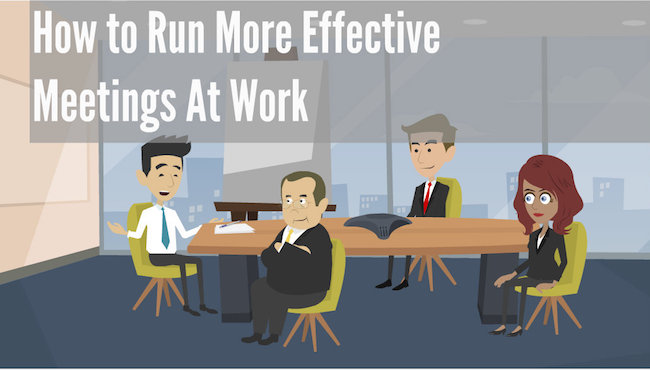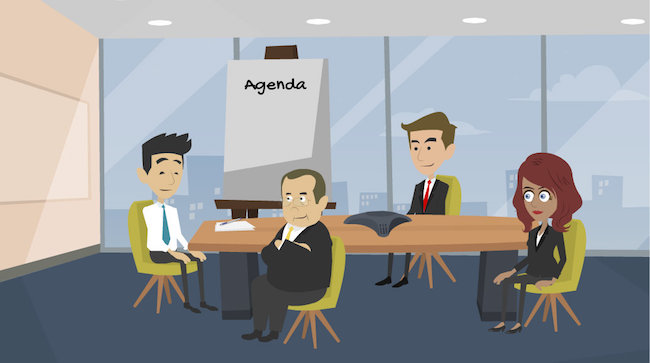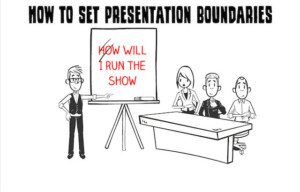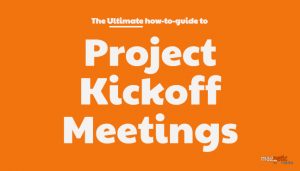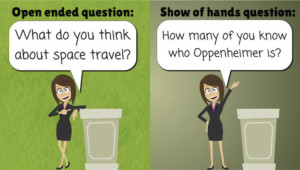Bad meetings have financial and emotional cost to them. We’ve all suffered from them. Others show up late, no agenda, no structure, and no one in charge. No one came prepared, nothing gets accomplished, and you walk out wondering how you are wasting your life.
Over the course of 10 years working with C-level executives, I learned few rules, tips, and tricks to running effective meetings. These tips will work for any profession and business meeting you plan to conduct.
Three Rules Every Effective Meeting Should Have
Rule # 1: Bring an Agenda
A meeting without an agenda is chaos. An agenda is an obvious tool, but a lot of professionals conduct meetings without it. At least have a mental agenda because if you don’t the meeting will meander on, and nothing will get done.
The best choice is to have a written agenda and pass it on the rest of the team before the meeting. That way everyone comes into the meeting with a clear idea of the objectives and the topics to be discussed.
One technique I learned recently from Steve Jobs’s meeting style, is to create the agenda and assign different people to different agenda items. I implemented this our last quarterly meeting, and the meeting was the most productive, most efficient, most fun meeting we’ve had so far.
The Agenda controls the flow of the meeting and having people assigned to different agenda items get everyone involved.
Rule # 2: Take responsibility for conducting the meeting

Having an Agenda and assigned roles is not enough to run an effective meeting. You still need to conduct and lead the meeting. A lot of professionals shy away from controlling the flow, time and rhythm of the meeting and end up falling behind on time or missing key issues discussed.
As a leader, you must first take control of the meeting and then conduct it to get the most of the meeting. Being a great composer of music does not make you an excellent conductor automatically. If creating the agenda is equivalent to composing the music then running the meeting is tantamount to conducting the orchestra.
Don’t be afraid to start on time, to end on time, to share the rules and how you want the meeting to run. Some people might be annoyed by that, but the majority will thank you for it because you are respecting their time.
Rule #3: Have action items
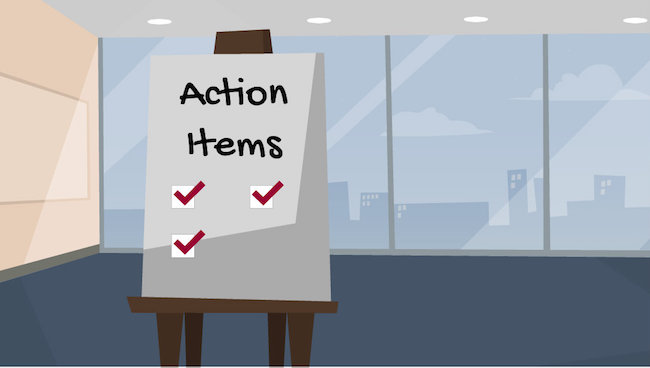
Everyone knows that action items are necessary yet they are not given the proper respect in meetings. Usually, meetings are running overtime, and the meeting leader rushes through the action items. Then the meeting leader is surprised when people don’t follow through on their takeaways.
A good meeting ends with a 5 to 10 minute dedicated to action items. That way there is no rushing through them, and everyone knows what is expected of them for next time.
Also, as a meeting conductor, you get a double check that what you are asking them to commit to is doable and handle any objections.
Yes, some meetings don’t have action items. Like informative meetings which are designed to educate participants on something and for those, I would recommend the 5 to 10 minutes, in the end, to be used for recapping the main points of the meeting and answering any questions that might have come up.
Conclusion
Great meetings are rare, yet not that hard to create. If you follow the three rules: come with an agenda, take responsibility for conducting your meetings, and have action items for each meeting, then you will have a great foundation for running an effective meeting at work.
